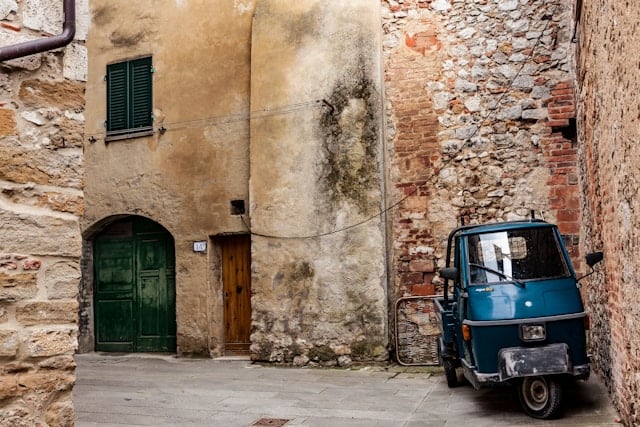Getting the right to live and work in another country often requires a lot of paperwork, time, money and effort. But for those with enough money to spend, golden visas are an easier route to residency and even citizenship, with Spain and Greece being popular options.
The rules in Italy are a bit different, however.
Italy offers an investor visa instead. Similarly to golden visas, applications are open all year round to wealthy foreign citizens who want to contribute to the country’s growth, but a huge difference is that they do not immediately allow the investor to become a citizen or resident.
“I wouldn’t say it’s quite right to call it a golden visa knowing the attributions the naming suggests in other countries like Spain and Portugal, mainly the ability to obtain citizenship and invest in real estate,” says Giancarlo Ostetto, lawyer and head of legal firm Lexidy’s Italian office.
“But the investor visa is one of the best visas to Italy one can have and the one that gives the applicant freedom whether he wants to reside in Italy or not.”
The visa is valid for two years and can be extended indefinitely in three-year segments after the initial expiry on the basis that the initial investment is kept. There is no official limit in place as to how many people can apply each year.
READ ALSO: What is Italy’s investor visa and how can you apply?
There are four ways in which you can make an investment with the maximum option being €2,000,000 in Italian government bonds.
The other three are €1,000,000 in a philanthropic initiative, €500,000 in an Italian limited company, and €250,000 in an innovative Italian startup.
“The Italian investor visa is considered a safe option as you pay the investment three months after you get your visa rather than beforehand,” Ostetto says.
Ostetto adds that becoming a resident is optional with this visa type and it is the only visa in the country that allows this sort of flexibility.
“You can come and go as you like, depending on the visa length, which is a huge benefit. Other benefits include residential and working rights too,” he says.
“However, like other Italian visas, to stay in Italy you must apply for a permit of stay within eight days of entering the country. The investor visa acts as a stepping stone for you to be able to do that.”
Such rights for the residency permit (permesso di soggiorno) include: opening up companies, applying for jobs, benefiting from the healthcare system, and applying for your family to join you should you take up residency.
The process is also somewhat smoother than when applying for more standard visa types.
The potential investor has to submit an application online via the government portal outlining which of the four investments you’re going to make and to whom. At this stage, you must also submit your passport, contact details, bank statements, proof of financial resources, and a criminal record check.
The type of investment you then select somewhat changes the application letter and documents.
For example, if you want to donate to an Italian-approved social project you first need to get confirmation from them that they want to accept your investment. This is not the case with the others.
READ ALSO: What type of visa will you need to move to Italy?
You would also need to provide a letter from the financial institution that holds your funds that has a clause in it about anti-terrorism controls, whereby they state that you, the investor, are not a terrorist.
“It’s hard for clients living outside of Europe as their institutes don’t provide this,” says Ostetto. “A way around it is for them to open a bank account in Italy, hold the money there for three months, and then apply for the visa.”
Once everything has been submitted onto the portal, Italy’s investor visa committee (Comitato Investor Visa for Italy) has 30 days to look through your application and accept, reject, or request additional information.
If the application gets accepted it goes to the second approval phase and the committee then has 30 days to decide on your application.
“This is different to a normal visa as with a normal visa you normally have to apply through the consulate, but investor visas have their own committee, which should make the process quicker,” Ostetto continues.
“30 days is the standard but it can sometimes take two to three months for them to decide.”
Upon approval, a six-month nulla osta is released by the committee and the investor has six months to go to a consulate and get the passport stamped with the two-year visa. The visa costs €118.
What happens after that depends on whether or not the investor chooses to reside in Italy.
After the two-year period is up you can do two things; get residency in Italy and cash out once you have stayed resident there for five years or leave the investment there forever and not get residency.
In recent months, there have been changes to golden visas elsewhere. In February this year, Portugal’s government announced plans to scrap golden visas, while Spain is currently looking to make the requirements tougher. The only recent change in Italy’s investor visa is that it’s closed to potential Russian investors.
Applying for the investor visa is “worth it”, Ostetto concludes: “Italy is a great country to live in if you’re rich.”



 Please whitelist us to continue reading.
Please whitelist us to continue reading.
Member comments